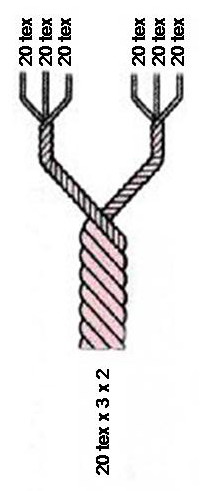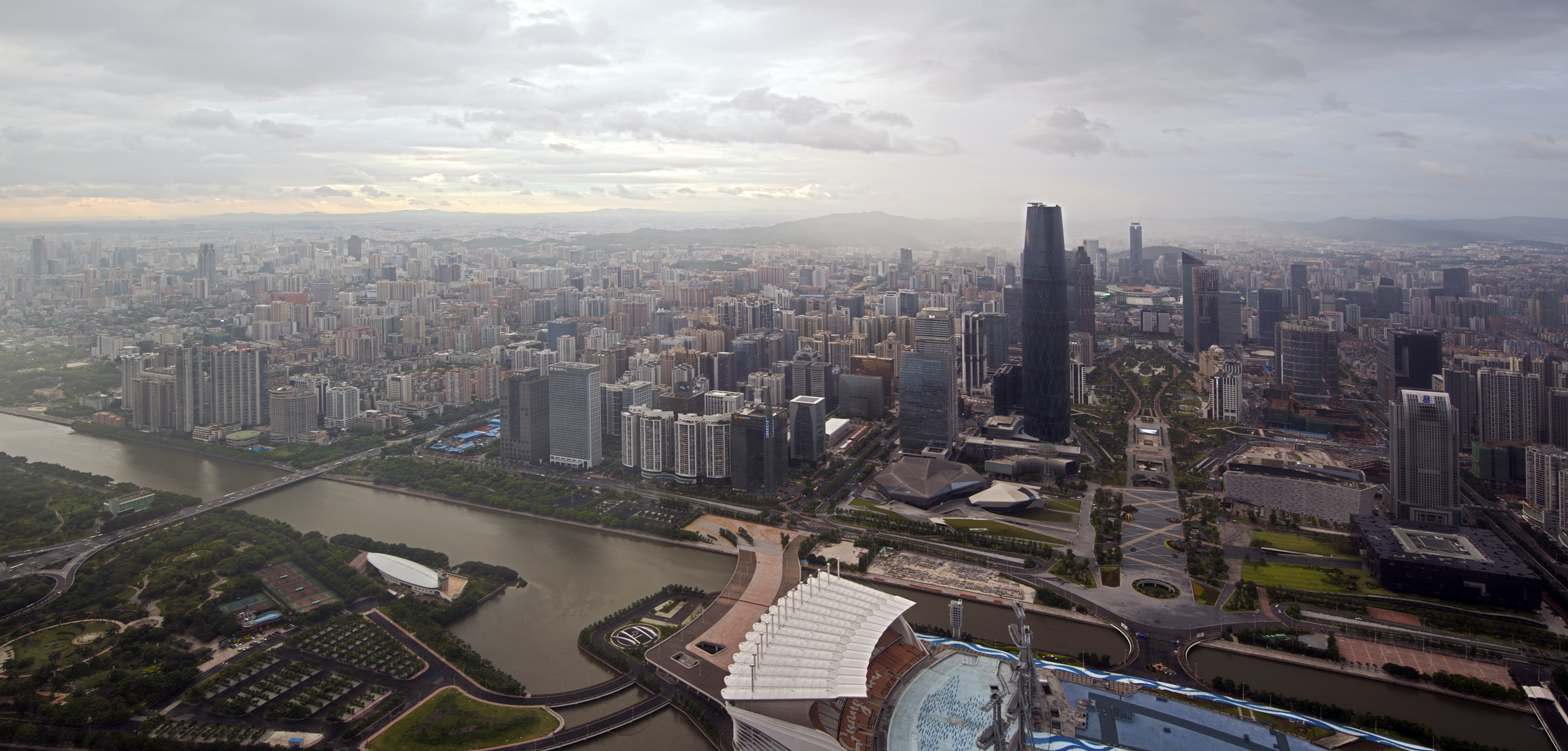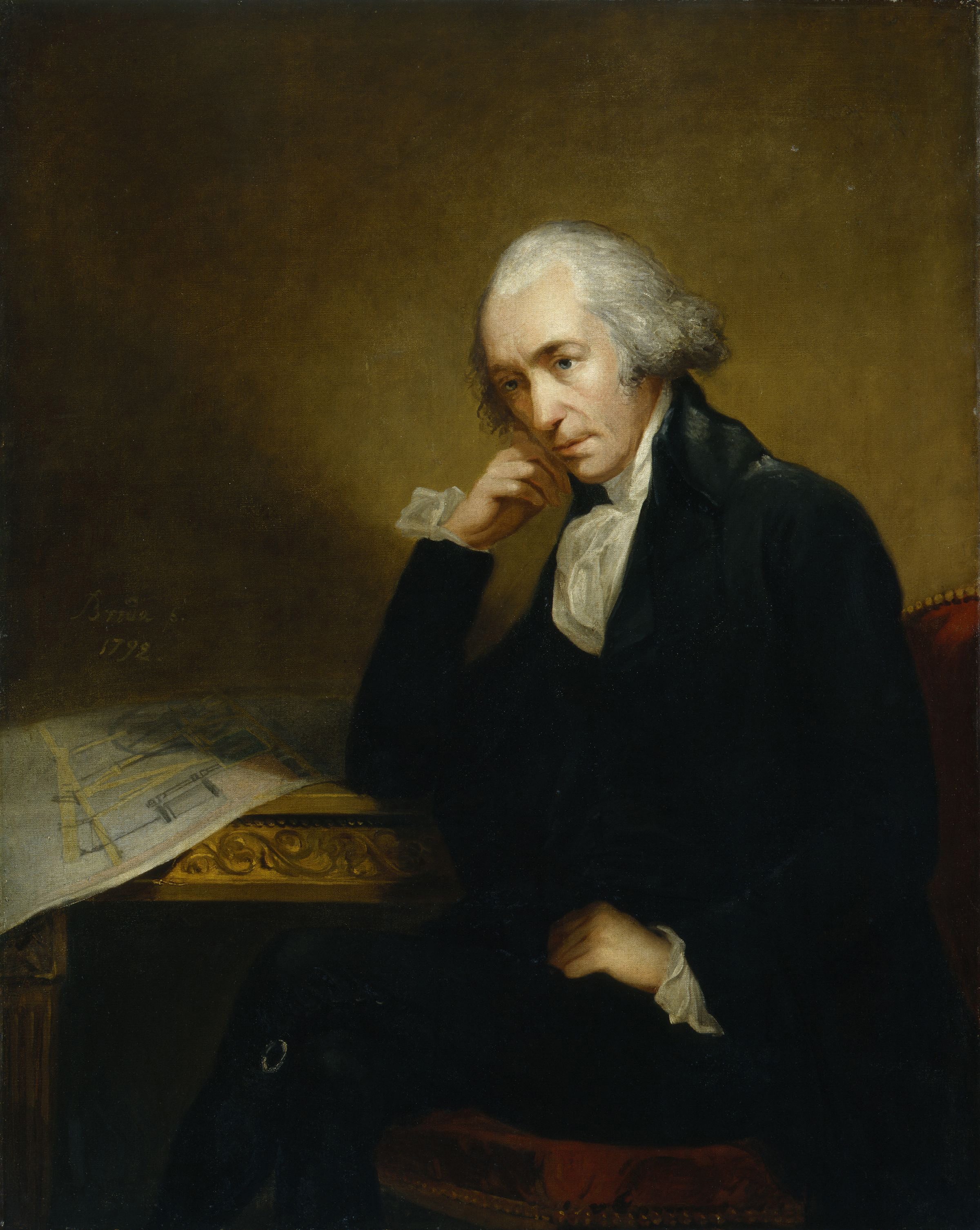|
Fox Mill, Hollinwood
Fox Mill was a cotton spinning mill in Hollinwood, Oldham, Greater Manchester, England. It was taken over by the Lancashire Cotton Corporation in the 1930s and passed to Courtaulds in 1964. Location Oldham is a large town in Greater Manchester, England. It lies amongst the Pennines on elevated ground between the rivers Irk and Medlock, south-southeast of Rochdale, and northeast of the city of Manchester. Oldham is surrounded by several smaller settlements which together form the Metropolitan Borough of Oldham; Chadderton and Hollinwood are such settlements. Chadderton and Hollinwood are served by the Rochdale Canal and the Hollinwood Branch Canal. A rail service was provided by the Oldham Loop Line that was built by the Lancashire and Yorkshire Railway. Since the closure of the Oldham Loop Line it has since been converted as part of the Manchester Metrolink network which opened on 13 June 2012. History Oldham rose to prominence during the 19th century as an inte ... [...More Info...] [...Related Items...] OR: [Wikipedia] [Google] [Baidu] |
Cotton
Cotton is a soft, fluffy staple fiber that grows in a boll, or protective case, around the seeds of the cotton plants of the genus '' Gossypium'' in the mallow family Malvaceae. The fiber is almost pure cellulose, and can contain minor percentages of waxes, fats, pectins, and water. Under natural conditions, the cotton bolls will increase the dispersal of the seeds. The plant is a shrub native to tropical and subtropical regions around the world, including the Americas, Africa, Egypt and India. The greatest diversity of wild cotton species is found in Mexico, followed by Australia and Africa. Cotton was independently domesticated in the Old and New Worlds. The fiber is most often spun into yarn or thread and used to make a soft, breathable, and durable textile. The use of cotton for fabric is known to date to prehistoric times; fragments of cotton fabric dated to the fifth millennium BC have been found in the Indus Valley civilization, as well as fabric remnants date ... [...More Info...] [...Related Items...] OR: [Wikipedia] [Google] [Baidu] |
Hollinwood Branch Canal
The Hollinwood Branch Canal was a canal near Hollinwood, in Oldham, England. It left the main line of the Ashton Canal at Fairfield Junction immediately above lock 18. It was just over long and went through Droylsden and Waterhouses to terminate at Hollinwood Basin (Hollinwood Top Wharf). It rose through four locks at Waterhouses (19–22) and another four at Hollinwood (23–26). Immediately above lock 22 at Waterhouses was Fairbottom Junction where the Fairbottom Branch Canal started. Beyond Hollinwood Basin there was a lock free private branch, known as the Werneth Branch Canal, to Old Lane Colliery, which opened in 1797. It is a biological Site of Special Scientific Interest and a Local Nature Reserve. History The Hollinwood Branch Canal was comparatively rural in character apart from mills and factories at Droylsden. Its main purpose was to carry coal from numerous local collieries to the many mills and factories in the neighbourhood of the Ashton Canal. Passengers w ... [...More Info...] [...Related Items...] OR: [Wikipedia] [Google] [Baidu] |
Cottage Industry
The putting-out system is a means of subcontracting work. Historically, it was also known as the workshop system and the domestic system. In putting-out, work is contracted by a central agent to subcontractors who complete the project via remote work. It was used in the English and American textile industries, in shoemaking, lock-making trades, and making parts for small firearms from the Industrial Revolution until the mid-19th century. After the invention of the sewing machine in 1846, the system lingered on for the making of ready-made men's clothing. The domestic system was suited to pre-urban times because workers did not have to travel from home to work, which was quite unfeasible due to the state of roads and footpaths, and members of the household spent many hours in farm or household tasks. Early factory owners sometimes had to build dormitories to house workers, especially girls and women. Putting-out workers had some flexibility to balance farm and household chores wi ... [...More Info...] [...Related Items...] OR: [Wikipedia] [Google] [Baidu] |
Wool
Wool is the textile fibre obtained from sheep and other mammals, especially goats, rabbits, and camelids. The term may also refer to inorganic materials, such as mineral wool and glass wool, that have properties similar to animal wool. As an animal fibre, wool consists of protein together with a small percentage of lipids. This makes it chemically quite distinct from cotton and other plant fibres, which are mainly cellulose. Characteristics Wool is produced by follicles which are small cells located in the skin. These follicles are located in the upper layer of the skin called the epidermis and push down into the second skin layer called the dermis as the wool fibers grow. Follicles can be classed as either primary or secondary follicles. Primary follicles produce three types of fiber: kemp Kemp may refer to: Places * Kemp, Illinois * Kemp, Ohio * Kemp, Oklahoma * Kemp, Texas * Kemp Land and Kemp Coast, Antarctica * Kemp Town, a 19th-century estate in East Sussex, En ... [...More Info...] [...Related Items...] OR: [Wikipedia] [Google] [Baidu] |
Sheep
Sheep or domestic sheep (''Ovis aries'') are domesticated, ruminant mammals typically kept as livestock. Although the term ''sheep'' can apply to other species in the genus ''Ovis'', in everyday usage it almost always refers to domesticated sheep. Like all ruminants, sheep are members of the order (biology), order Artiodactyla, the even-toed ungulates. Numbering a little over one billion, domestic sheep are also the most numerous species of sheep. An adult female is referred to as a ''ewe'' (), an intact male as a ''ram'', occasionally a ''tup'', a castrated male as a ''wether'', and a young sheep as a ''lamb''. Sheep are most likely descended from the wild mouflon of Europe and Asia, with Iran being a geographic envelope of the domestication center. One of the earliest animals to be domesticated for agricultural purposes, sheep are raised for fleeces, meat (lamb, hogget or mutton) and sheep milk, milk. A sheep's wool is the most widely used animal fiber, and is usually harvest ... [...More Info...] [...Related Items...] OR: [Wikipedia] [Google] [Baidu] |
Industrialisation
Industrialisation ( alternatively spelled industrialization) is the period of social and economic change that transforms a human group from an agrarian society into an industrial society. This involves an extensive re-organisation of an economy for the purpose of manufacturing. Historically industrialization is associated with increase of polluting industries heavily dependent on fossil fuels. With the increasing focus on sustainable development and green industrial policy practices, industrialization increasingly includes technological leapfrogging, with direct investment in more advanced, cleaner technologies. The reorganization of the economy has many unintended consequences both economically and socially. As industrial workers' incomes rise, markets for consumer goods and services of all kinds tend to expand and provide a further stimulus to industrial investment and economic growth. Moreover, family structures tend to shift as extended families tend to no longer ... [...More Info...] [...Related Items...] OR: [Wikipedia] [Google] [Baidu] |
Crop
A crop is a plant that can be grown and harvested extensively for profit or subsistence. When the plants of the same kind are cultivated at one place on a large scale, it is called a crop. Most crops are cultivated in agriculture or hydroponics. Crops may include macroscopic fungus (e.g. mushrooms) and marine macroalga (e.g. seaweed), some of which are grown in aquaculture. Most crops are harvested as food for humans or fodder for livestock. Some crops are gathered from the wild often in a form of intensive gathering (e.g. ginseng, yohimbe, and eucommia). Important non-food crops include horticulture, floriculture and industrial crops. Horticulture crops include plants used for other crops (e.g. fruit trees). Floriculture crops include bedding plants, houseplants, flowering garden and pot plants, cut cultivated greens, and cut flowers. Industrial crops are produced for clothing (fiber crops e.g. cotton), biofuel (energy crops, algae fuel), or medicine (medic ... [...More Info...] [...Related Items...] OR: [Wikipedia] [Google] [Baidu] |
Cotton Count
Textile fibers, threads, yarns and fabrics are measured in a multiplicity of units. * A fiber, a single filament of natural material, such as cotton, linen or wool, or artificial material such as nylon, polyester, metal or mineral fiber, or man-made cellulosic fibre like viscose, Modal, Lyocell or other rayon fiber is measured in terms of linear mass density, the weight of a given length of fiber. Various units are used to refer to the measurement of a fiber, such as: the denier and tex (linear mass density of fibers), super S (fineness of wool fiber), worsted count, woolen count, linen count (wet spun) (or Number English (Ne)), cotton count (or Number English (Ne)), Number metric (Nm) and yield (the reciprocal of denier and tex). * A yarn, a spun agglomeration of fibers used for knitting, weaving or sewing, is measured in terms of cotton count and yarn density. * Thread, usually consisting of multiple yarns plied together producing a long, thin strand used in sewing o ... [...More Info...] [...Related Items...] OR: [Wikipedia] [Google] [Baidu] |
Industrialisation
Industrialisation ( alternatively spelled industrialization) is the period of social and economic change that transforms a human group from an agrarian society into an industrial society. This involves an extensive re-organisation of an economy for the purpose of manufacturing. Historically industrialization is associated with increase of polluting industries heavily dependent on fossil fuels. With the increasing focus on sustainable development and green industrial policy practices, industrialization increasingly includes technological leapfrogging, with direct investment in more advanced, cleaner technologies. The reorganization of the economy has many unintended consequences both economically and socially. As industrial workers' incomes rise, markets for consumer goods and services of all kinds tend to expand and provide a further stimulus to industrial investment and economic growth. Moreover, family structures tend to shift as extended families tend to no longer ... [...More Info...] [...Related Items...] OR: [Wikipedia] [Google] [Baidu] |
Industrial Revolution
The Industrial Revolution was the transition to new manufacturing processes in Great Britain, continental Europe, and the United States, that occurred during the period from around 1760 to about 1820–1840. This transition included going from hand production methods to machines, new chemical manufacturing and iron production processes, the increasing use of steam power and water power, the development of machine tools and the rise of the mechanized factory system. Output greatly increased, and a result was an unprecedented rise in population and in the rate of population growth. Textiles were the dominant industry of the Industrial Revolution in terms of employment, value of output and capital invested. The textile industry was also the first to use modern production methods. The Industrial Revolution began in Great Britain, and many of the technological and architectural innovations were of British origin. By the mid-18th century, Britain was the world's leadin ... [...More Info...] [...Related Items...] OR: [Wikipedia] [Google] [Baidu] |
Boomtown
A boomtown is a community that undergoes sudden and rapid population and economic growth, or that is started from scratch. The growth is normally attributed to the nearby discovery of a precious resource such as gold, silver, or oil, although the term can also be applied to communities growing very rapidly for different reasons, such as a proximity to a major metropolitan area, huge construction project, or attractive climate. First boomtowns Early boomtowns, such as Leeds, Liverpool, and Manchester, experienced a dramatic surge in population and economic activity during the Industrial Revolution at the turn of the 19th century. In pre-industrial England these towns had been relative backwaters, compared to the more important market towns of Bristol, Norwich, and York, but they soon became major urban and industrial centres. Although these boomtowns did not directly owe their sudden growth to the discovery of a local natural resource, the factories were set up there to take ... [...More Info...] [...Related Items...] OR: [Wikipedia] [Google] [Baidu] |
Textile Manufacture During The Industrial Revolution
Textile manufacture during the British Industrial Revolution was centred in south Lancashire and the towns on both sides of the Pennines in the United Kingdom. The main drivers of the Industrial Revolution were textile manufacturing, iron founding, steam power, oil drilling, the discovery of electricity and its many industrial applications, the telegraph and many others. Railroads, steam boats, the telegraph and other innovations massively increased worker productivity and raised standards of living by greatly reducing time spent during travel, transportation and communications.. Before the 18th century, the manufacture of cloth was performed by individual workers, in the premises in which they lived and goods were transported around the country by packhorses or by river navigations and contour-following canals that had been constructed in the early 18th century. In the mid-18th century, artisans were inventing ways to become more productive. Silk, wool, and linen fabrics we ... [...More Info...] [...Related Items...] OR: [Wikipedia] [Google] [Baidu] |






.jpg)
.jpg)